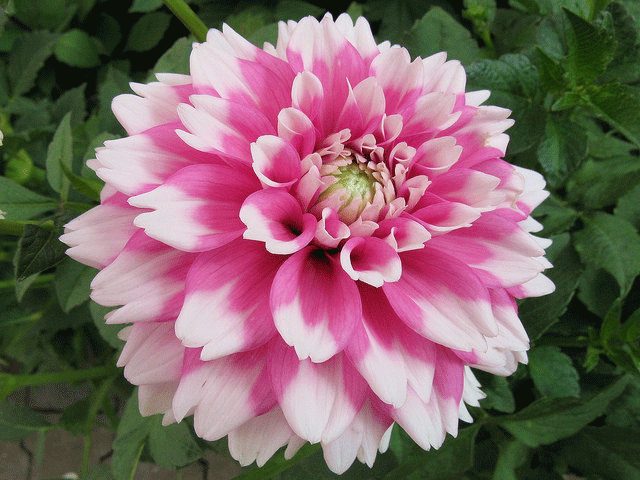Dahlias are natives of Mexico, Guatemala, Honduras, Nicaragua, El Salvador, and Costa Rica. In addition to conquering the Aztecs, the Spanish brought along botanists who collected plants to bring back to Spain. Around the end of the eighteenth century, dahlias made their way into the hands of Antonio José Cavanilles, the director of the Royal Gardens of Madrid.
He called them “dahlia” after Anders (Andreas) Dahl, a Swedish scientist/environmentalist. Dahlias found their way to Europe around 1790, and by the 1830s, the entire continent fell under their spell. As far as dahlias in America are concerned, no verifiable records exist on specific dates. However, there are varieties recorded here as early as 1821.
Dahlias bring to the table everything you could want in a flower, except for fragrance. Otherwise, they are incredibly diverse. Classified by both the size and the shape of their flower heads, dahlia flower shape classifications include balls, pom-poms, cactus, decorative (informal and formal), singles, semidoubles, collarettes, anemones, stellar, water lily, orchid, and peony types. They come in tall and dwarf varieties, as well as every color you can think of other than blue. If you’re still on the fence, then surely their handsome foliage and fast growing habit will push you over the edge.
Usually grown from tubers or plant cuttings, dahlias can also be started from seed. They are happy in most soil as long as it’s well draining. Plant the tubers directly into the garden bed 5 to 6 inches deep. Tubers that haven’t sprouted yet tend to rot. So, if the soil tends to stay damp, don’t water them until you see shoots. Once the dahlias are actively growing, water them on a regular schedule.
It’s true that dahlias need full sun, but they don’t like intense heat. Here in my Northern California garden, I plant them where they receive full sun until about 1:30 or 2:00 p.m. to protect them from our brutal afternoon sun. I also add a couple inches of mulch around the base of the plants, which helps keep the soil cool.
Pinch back the first flower stalk that comes up. It’ll break your heart, but you’ll be rewarded with a bushier plant, which means more flowers. Dahlias are tender perennials, so in cold winter regions (Zones 2 to 7), after the first hard frost (which usually kills off the foliage), tubers should be lifted from the ground, brushed off, and stored in a cool and protected place for the winter.
In mild winter climates (Zones 8 to 11), the tubers can be left to overwinter in the ground. However, it’s the smart gardener who will mulch them for the cold months.
It’s true that many of the famous dahlia varieties of the 1920s and 1930s are lost to us. However, you can still find the world’s oldest surviving dahlia, ‘White Aster’ (1879), as well as rare varieties like ‘Tommy Keith’ (1892), ‘G. F. Hemerik’ (1936), and Jane Cowl (1928) for your garden today.
Enter for a chance to win
50 Free Seeds of Zinnia Dahlia Giant Lime Queen Zinnia Elegans




0 Comments